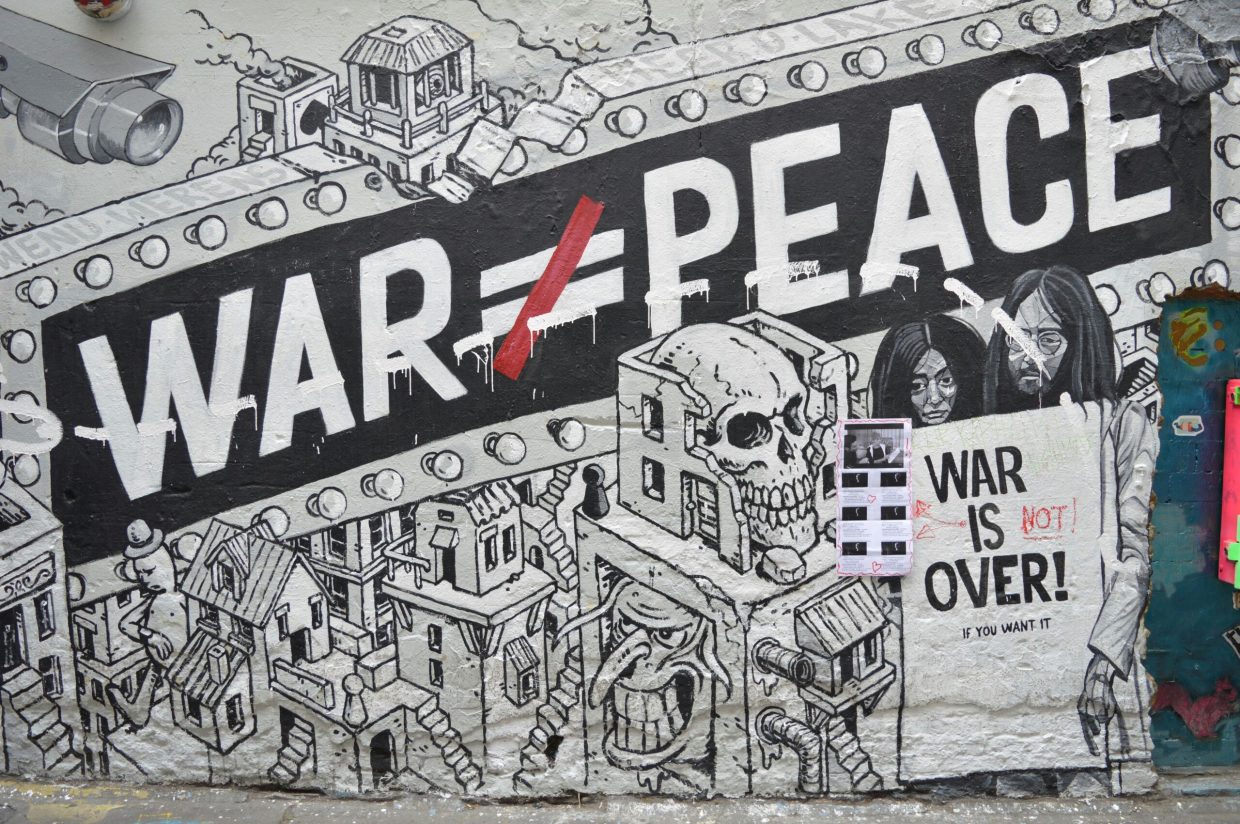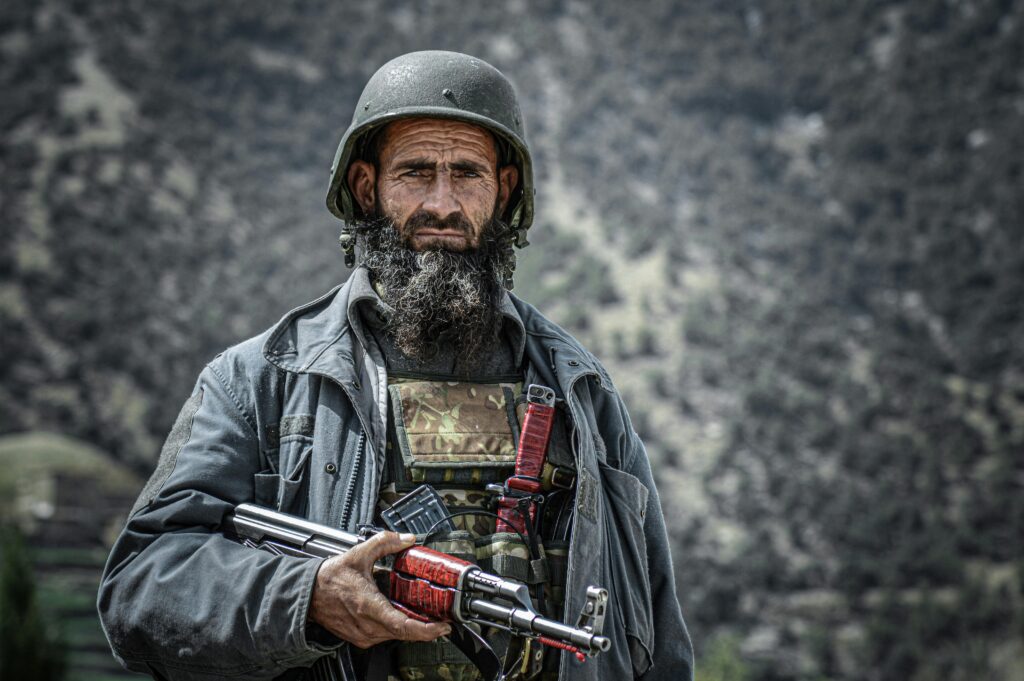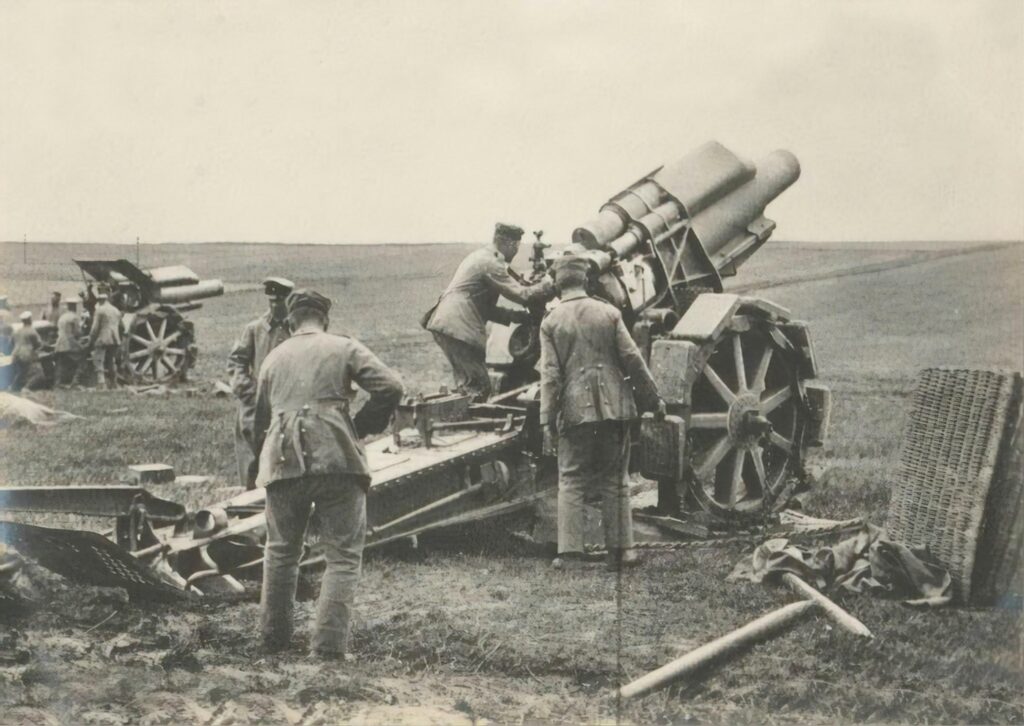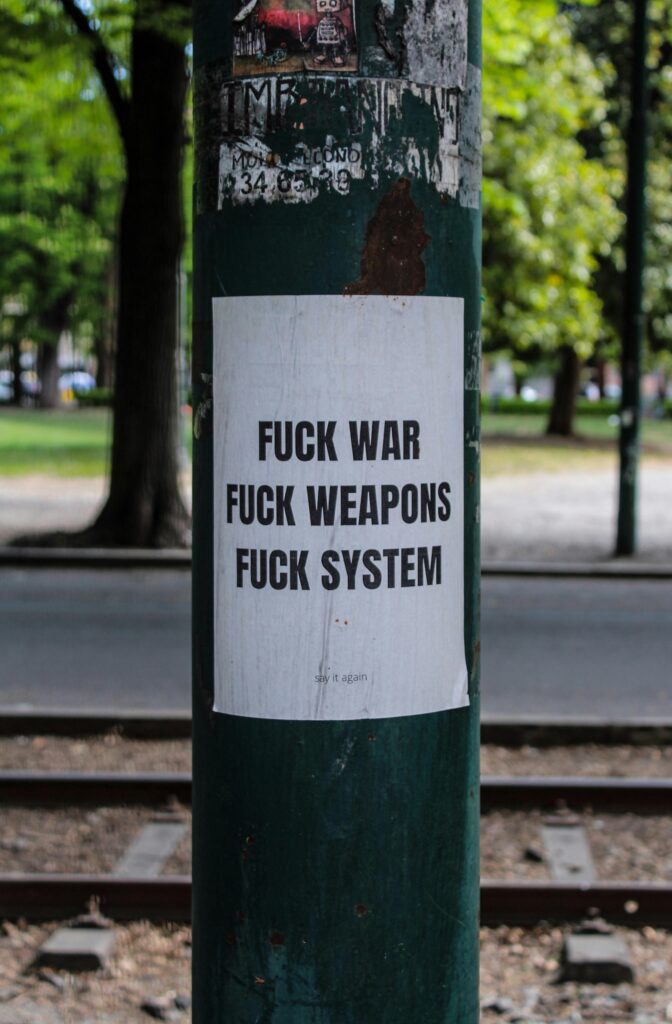War crimes leave scars that extend far beyond the battlefield, penetrating the fabric of societies long after the last shot is fired. Understanding how these violations of human rights influence the delicate process of peacebuilding and post-war healing is crucial—not only for justice but for lasting reconciliation. In this article, we delve into the complex ways war crimes shape the path toward recovery, exploring the challenges and breakthroughs in addressing past atrocities while building a future that honors both truth and forgiveness. Whether through international tribunals, community-led healing initiatives, or transitional justice mechanisms, the shadow of war crimes looms large in shaping who we become after conflict ends.
Table of Contents
- Understanding the Impact of War Crimes on Peacebuilding Efforts
- The Role of Justice Systems in Addressing War Crimes and Fostering Reconciliation
- Community-Led Approaches to Healing and Restoring Social Trust After Conflict
- Policy Recommendations for Integrating War Crimes Accountability into Post-War Recovery
- In Conclusion
Understanding the Impact of War Crimes on Peacebuilding Efforts
The aftermath of war crimes often casts a long shadow over peacebuilding processes, complicating efforts to restore trust and stability in traumatized societies. These atrocities not only deepen divisions but also embed cycles of resentment and fear among affected communities. Facing the challenge of addressing such profound harm, peacebuilders must navigate a delicate balance between justice, reconciliation, and social renewal. Efforts that fail to adequately confront the legacy of war crimes risk perpetuating victimization and undermining the credibility of peace agreements, making long-term healing elusive.
Furthermore, the impact of war crimes on peacebuilding manifests in several critical areas:
- Legal accountability: Ensuring perpetrators are held responsible fosters legitimacy and deterrence but may also provoke resistance among factions.
- Victim participation: Empowering survivors to voice their experiences supports healing and prevents marginalization.
- Community reconciliation: Facilitating dialogue bridges divides, though it requires sensitive, context-specific approaches.
Recognizing these multifaceted consequences is essential for architects of peace to design inclusive frameworks that honor both truth and coexistence, paving the way for resilient post-war societies.
The Role of Justice Systems in Addressing War Crimes and Fostering Reconciliation
Seeking justice after wartime atrocities plays a crucial role not only in holding perpetrators accountable but also in creating a foundation for lasting peace. Legal mechanisms, from international tribunals to local courts, serve as important arenas where truth is unveiled and reparations begin to take shape. These systems aim to:
- Document and recognize victims’ suffering, establishing an official record against denial and revisionism.
- Deter future violations by signaling that war crimes carry consequences beyond the battlefield.
- Promote transparency by exposing hidden wartime offenses, thereby undermining culture of impunity.
However, justice alone is not a panacea. For healing to take root in war-torn societies, judicial accountability must be complemented by processes that foster dialogue and reconciliation among divided communities. This dual approach encourages former adversaries to confront painful pasts together, helping to restore trust and forge new social contracts. Programs aimed at community rebuilding and inclusive narrative-sharing often operate hand-in-hand with trials, ensuring that rebuilding efforts are holistic, addressing both legal and emotional wounds.
Community-Led Approaches to Healing and Restoring Social Trust After Conflict
In the aftermath of conflict, the scars left by war crimes run deep, challenging communities to rebuild not just infrastructure but the very fabric of social trust. Healing begins at the grassroots level, where survivors and local leaders come together to confront painful truths and foster dialogue. These community-led initiatives often prioritize inclusive storytelling and shared remembrance, allowing victims’ voices to be acknowledged and validated. Through restorative justice practices, such as truth commissions or reconciliation circles, affected populations reclaim agency over their narratives, paving the way for empathy and mutual understanding to flourish.
Key elements that make these approaches effective include:
- Local Ownership: Empowering communities to define their healing processes rather than imposing external solutions.
- Inclusivity: Engaging diverse groups—including women, youth, and marginalized populations—to ensure comprehensive reconciliation.
- Transparency: Building trust through open communication and accountability mechanisms.
- Cultural Sensitivity: Integrating traditional practices and values that resonate with affected populations.
By centering post-war recovery around these principles, communities not only restore broken relationships but also create resilient foundations that guard against the resurgence of violence and mistrust.
Policy Recommendations for Integrating War Crimes Accountability into Post-War Recovery
To foster genuine reconciliation and lasting peace, it is imperative that accountability for war crimes is not sidelined during the delicate post-war recovery phase. Governments and international bodies must adopt comprehensive frameworks that ensure perpetrators face justice while survivors receive appropriate reparations and support. This approach strengthens the rule of law and sends a clear message that impunity is unacceptable. Key policy measures should emphasize transitional justice mechanisms such as truth commissions, hybrid courts, and community-based restorative practices, which together create avenues for healing and acknowledgment without exacerbating tensions.
- Integrate accountability into reconstruction: Legal proceedings must be factored into state-building and institutional reforms.
- Support victim-centered programs: Provide mental health resources, social reintegration pathways, and economic aid to survivors.
- Ensure inclusive dialogue: Engage all affected communities to promote transparency and prevent marginalization.
- Strengthen international cooperation: Share information, resources, and expertise to bolster domestic justice efforts.
Establishing these policies requires delicate balance but offers profound benefits. When war crimes accountability is embedded in recovery plans, societies are more resilient against relapse into violence and better equipped to address underlying grievances. Moreover, institutionalizing justice enhances citizens’ trust in public institutions and supports the development of sustainable governance. Ultimately, intertwining justice with rebuilding creates a multidimensional healing process that honors victims’ experiences and sets the foundation for a future that respects human rights and dignity.
In Conclusion
In the end, understanding how war crimes shape peace and post-war healing is crucial—not just for history books, but for the future of societies scarred by conflict. These atrocities leave deep wounds that can hinder reconciliation, but acknowledging them is the first step toward justice and rebuilding trust. As we continue to grapple with the legacies of war, it’s clear that confronting these dark chapters openly can pave the way for more lasting and meaningful peace. Only through truth, accountability, and compassion can communities begin to heal and create a foundation for a more hopeful tomorrow.













